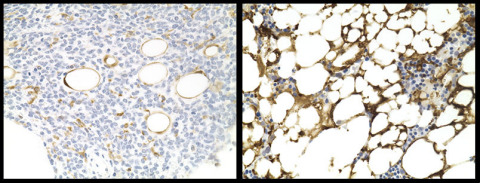Study Confirms “Healthy Obesity” for Women Does Not Exist
In case you are an obese woman, but without any disease like diabetes or hypertension, it will not mean you might be free of the chance for heart problems,” said lead researcher Matthias Schulze. “You still are at a greater risk of cardiovascular disease, in comparison to normal-weight in good health women.
“Schulze, who’s from the German Institute of Human Nutrition Potsdam-Rehbruecke, in Nuthetal, advised that the study can’t establish obesity caused heart issues, simply that’s there’s a correlation.
High blood pressure levels, high cholesterol and diabetes may double the amount of risk for heart attack and stroke, but because many as one-third of obese women don’t have problems with these metabolic diseases, the researchers said.
Read more… https://lowcarbmag.com/study-confirms-healthy-obesity-for-women-does-not-exist/






